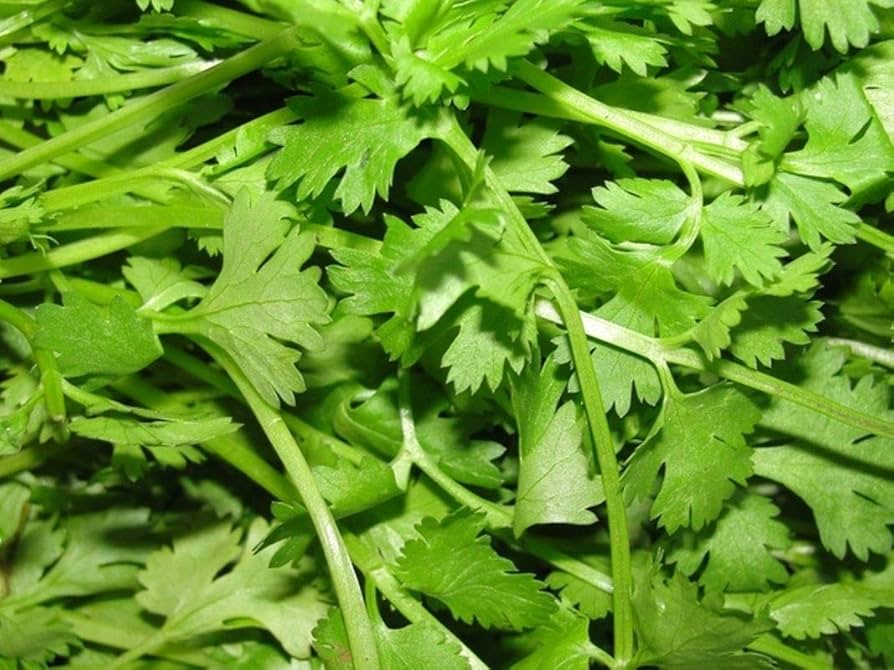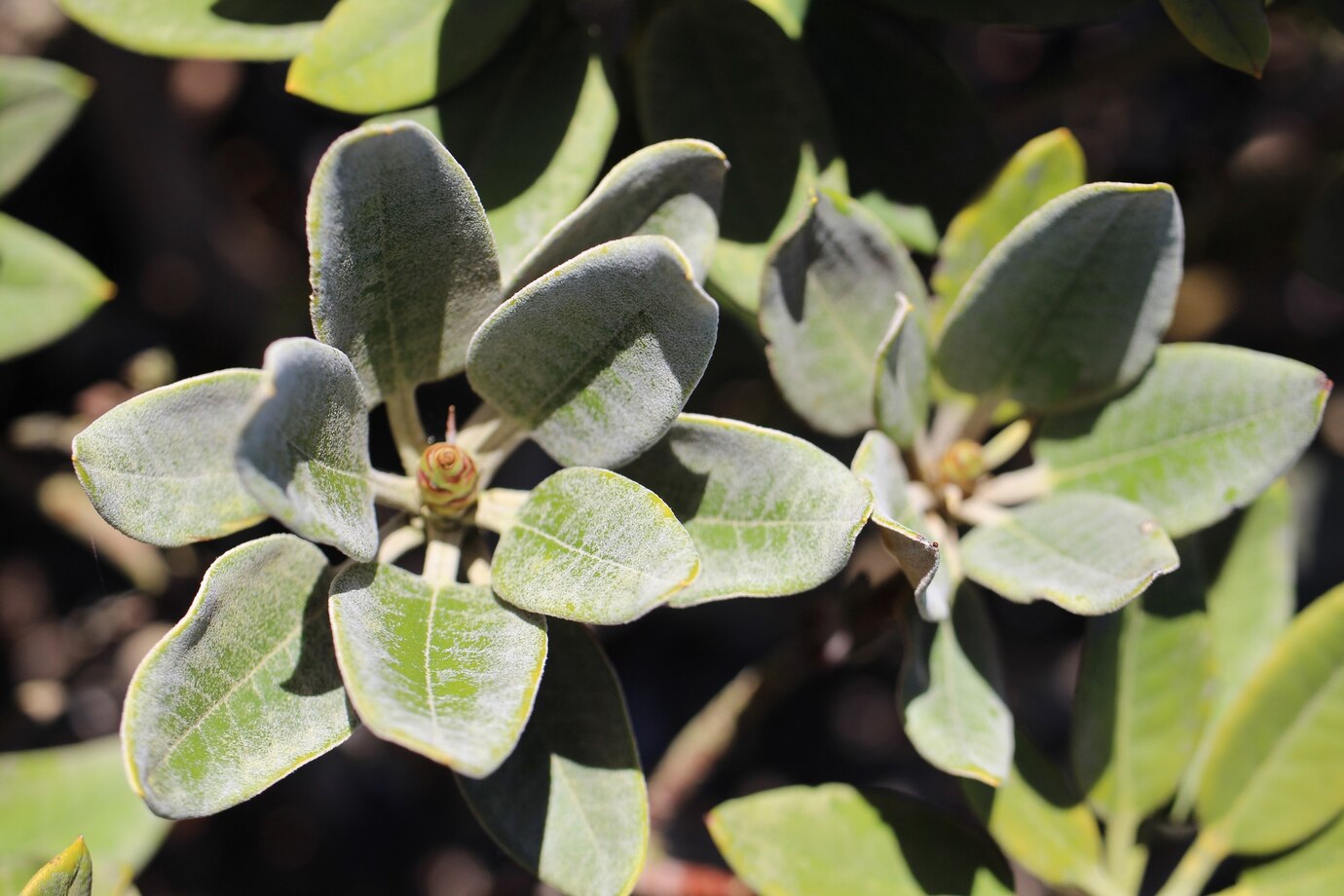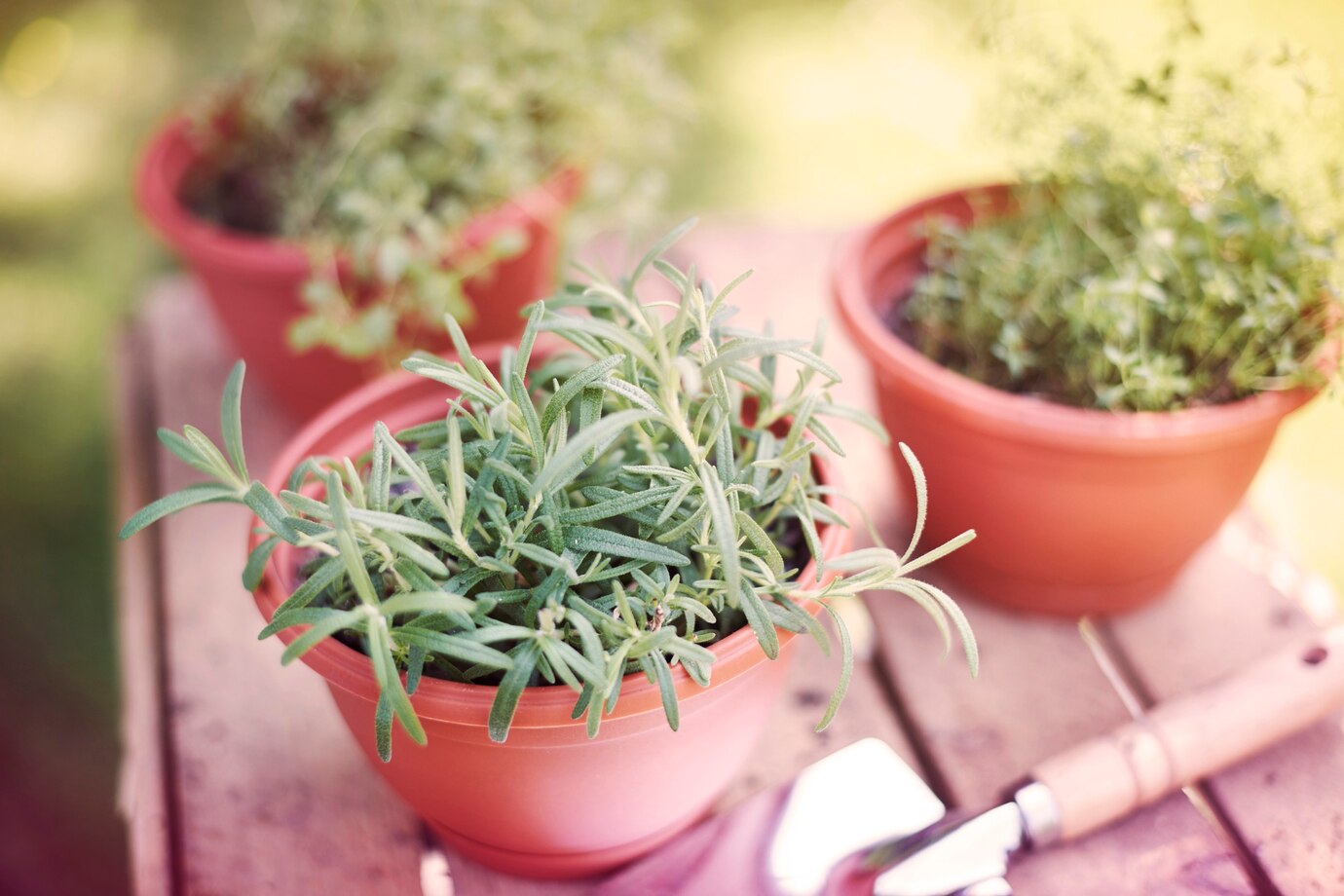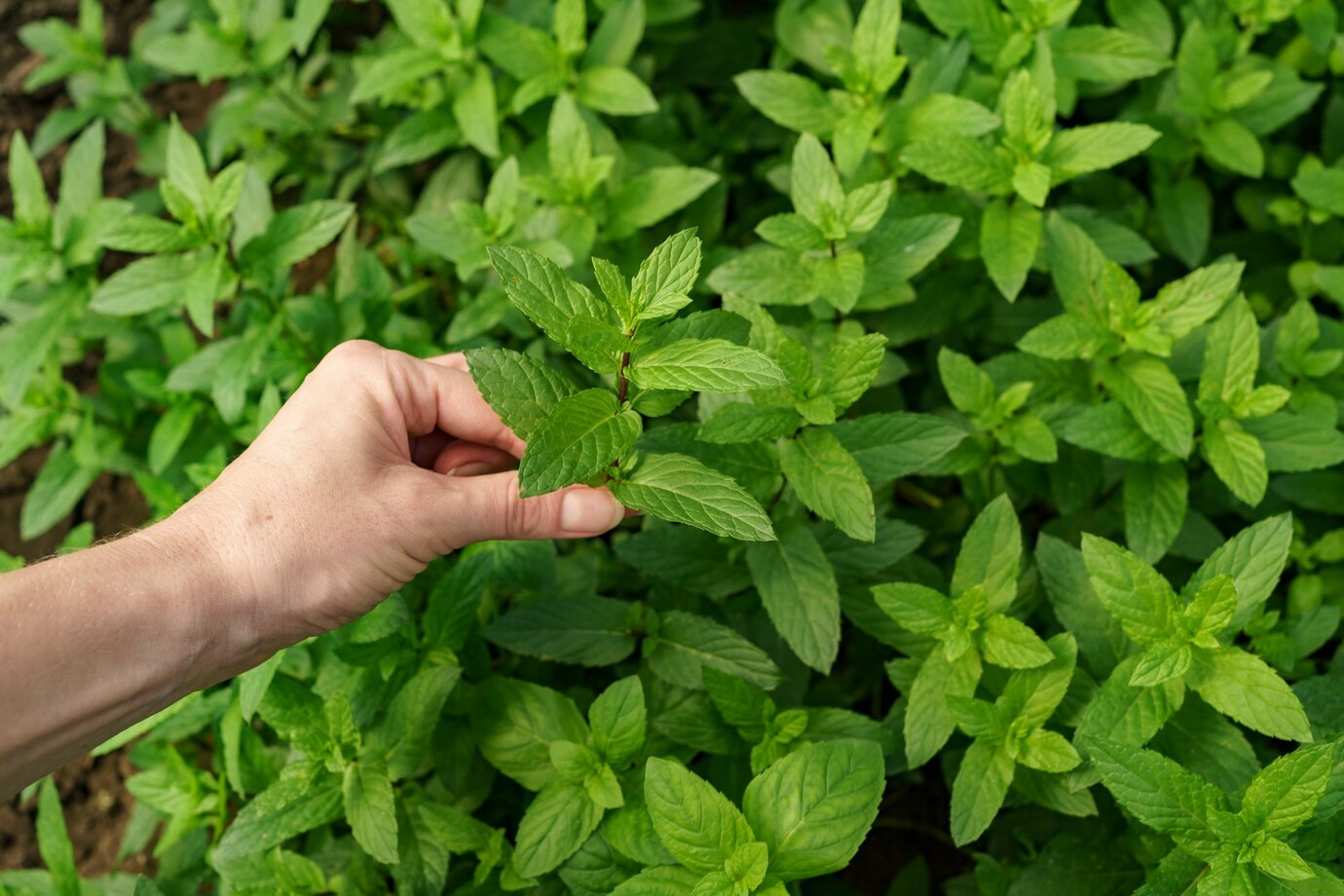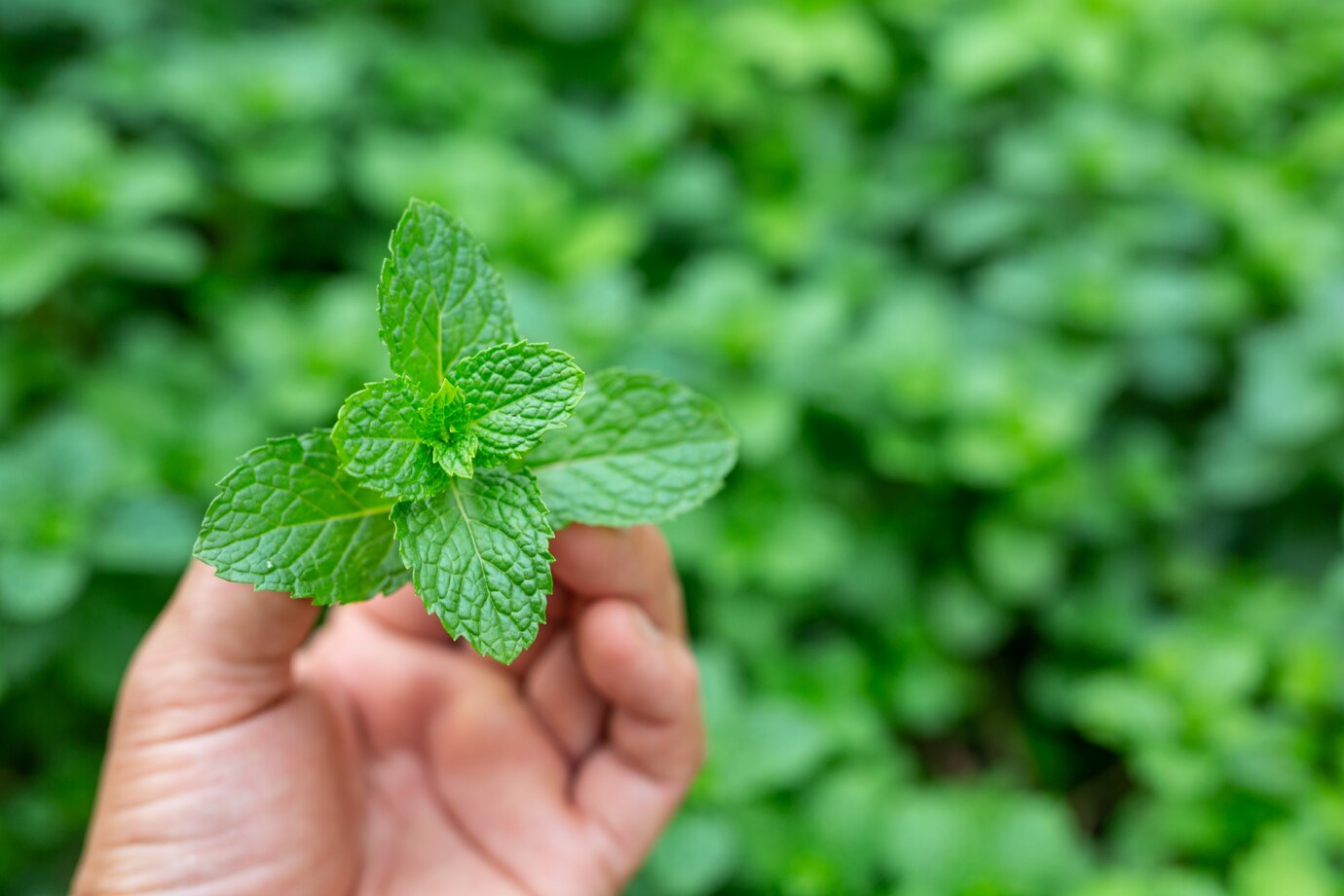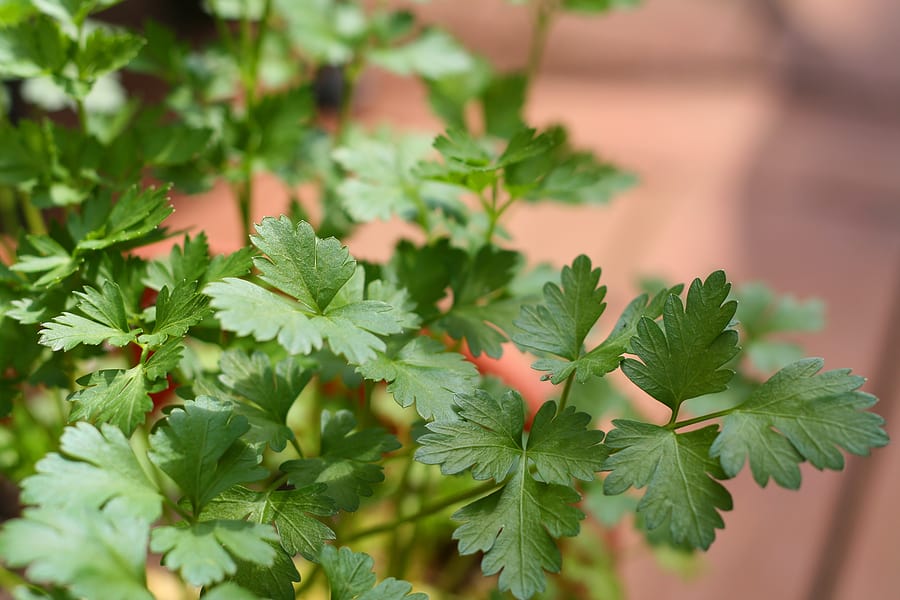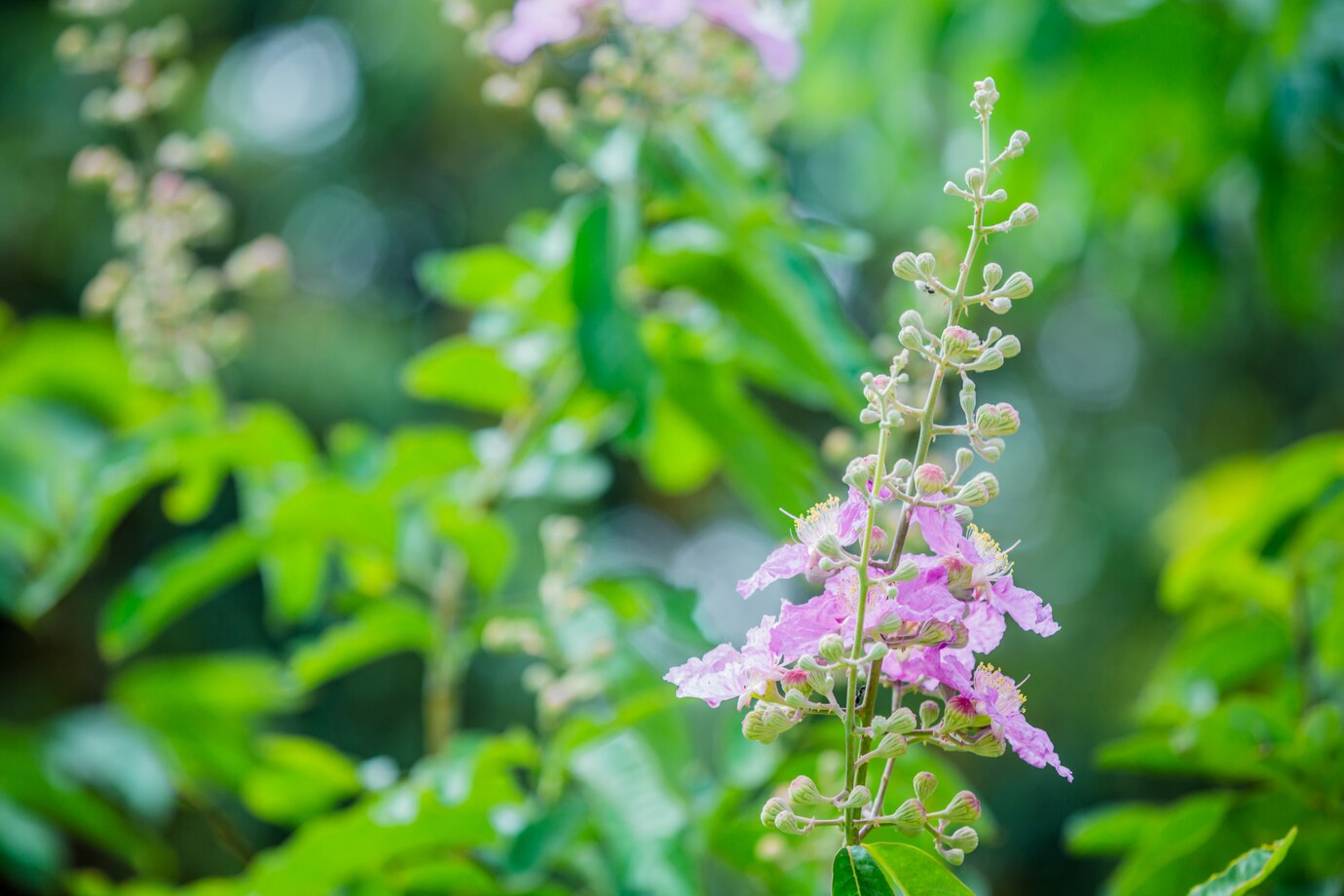Coriander grows quickly from seed, providing flavorful leaves and seeds for cooking. A staple in Mexican and Asian cuisine, this herb has been used for centuries as a digestive aid and culinary spice. Beyond adding color and fresh flavor, it also helps prevent food poisoning. With the right approach, coriander thrives on a balcony alongside other herbs, making it a perfect homegrown addition to share with family and friends.
This herb features bright green leaves, a flat, thin stem, and a pungent aroma resembling onions when fresh and mellowing once dried. Its elegant flowers add charm to any garden, especially when planted alongside basil.
Table of Contents
ToggleHow to Grow Coriander
Coriander is a versatile and beginner-friendly herb. It grows easily from seeds and adapts well to various garden settings. With the right conditions, you can plant it in garden beds or containers to encourage strong, healthy growth.
When to Plant
Grow coriander in cool weather in early spring after the last frost or fall when temperatures stay between 50–80°F. If planting in the fall, wait for the summer heat to subside before sowing seeds. In some regions, frost may arrive before the plant produces seeds, allowing only a leafy harvest.
Where to Plant
Choose a site with loose, well-drained soil and a slightly acidic pH. Coriander grows well in both full sun and partial shade but benefits more from afternoon shade in hotter climates. Avoid planting it too close to taller plants that might block sunlight as they grow in spring. For added flexibility, consider growing cilantro in containers.
How to Plant
Sow coriander seeds 1 to 2 inches apart and 1/2 inch deep. Once seedlings emerge, thin them to 6 to 8 inches apart for healthy growth. Space rows at least a foot apart to ensure good airflow. Coriander grows well without any support structure.
Coriander Plant Care
Coriander requires proper care for healthy growth and produces lush, flavorful leaves. Below are the essential growing requirements to ensure healthy growth.
Watering
Keep the soil moist but not waterlogged, as coriander struggles in soggy conditions. On the other hand, dry soil can trigger premature flowering (bolting), so water regularly during dry spells.
Container-grown coriander dries out faster than garden-planted ones, so check the soil often and water whenever it feels dry.
Feeding
Coriander usually grows well without fertilizer, but an occasional dose of balanced liquid fertilizer can boost the plants if needed.
Weeding
Keep the area around coriander plants free of weeds to prevent competition for sunlight and water. Regular weeding ensures healthy growth and a better harvest.
Removing flowers
If growing coriander for its leaves, remove flower stems as soon as they appear to keep the plant focused on leafy growth instead of seed production. If you prefer, use the edible flowers in salads for a delicate, flavorful touch.
Propagating
At the end of the season, collect ripe coriander seeds for cooking or saving to plant next year. Store them in a cool, dry place until needed.
Harvesting Coriander
Pick fresh coriander leaves throughout the growing season. Cut stalks at the base, as they’re also packed with flavor. Don’t discard the flowers, as they add a delicate touch to salads.
To harvest seeds, let some plants flower and set seed. Once the plant starts to die back, uproot the plant and place the seed heads in a large paper bag. Hang it upside down to dry for a few weeks, then shake the seeds loose. Use them in cooking or save them for the next planting season.
Storing Coriander
Keep coriander seeds in an airtight container and use them whole or ground into a powder. At the end of the season, harvest large bunches, chop them finely, and freeze them for later use. Frozen coriander keeps its flavor for curries, soups, and stews but won’t work well as a fresh garnish.
Problems with Coriander
Coriander grows quickly with minimal problems but protects young seedlings from slugs and snails.
In hot, dry weather, plants may bolt (flower) too soon and reduce leaf production. To prevent this, water regularly, especially in summer and when growing in containers. Choose a cool planting spot with shade from the midday sun to help delay flowering.

